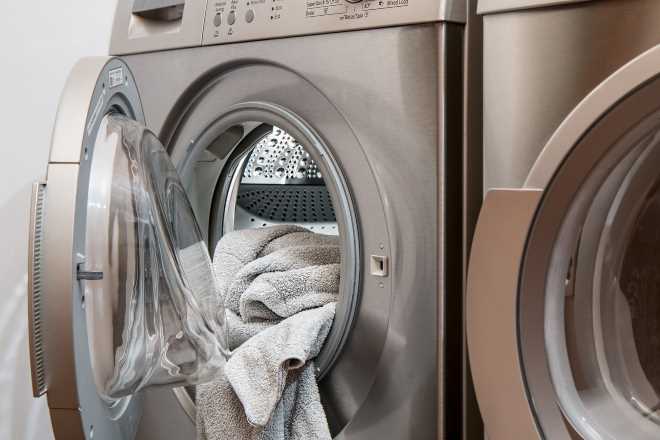Understanding How Cleaning Wipes Are Made and Used
Cleaning wipes are everyday items people use to keep different surfaces fresh and tidy. They come in many forms, from simple dry cloths to pre-moistened wipes that are ready to use right from the package. This article explains how they are produced, the materials that make them strong and flexible, and the many ways people use them at home, in schools, and in public places. Readers will learn about their history, how they became popular, and why they remain an easy option for quick cleanups today.

How Are Cleaning Wipes Manufactured?
Cleaning wipes manufacturing involves a multi-step process that begins with creating the base material, typically nonwoven fabric made from synthetic fibers like polypropylene or polyester. The manufacturing process starts with the production of these nonwoven substrates through techniques such as spunlacing, where high-pressure water jets entangle fibers to create a strong, absorbent material.
The next phase involves formulating the cleaning solution, which varies depending on the intended use. Manufacturers combine surfactants, preservatives, fragrances, and active ingredients like alcohol or quaternary ammonium compounds for disinfecting properties. Quality control measures ensure that the pH levels, antimicrobial efficacy, and material strength meet regulatory standards before the wipes are saturated with the solution.
Finally, the saturated wipes undergo packaging in moisture-sealed containers or individual sachets. Advanced packaging technology prevents the wipes from drying out while maintaining the potency of active ingredients throughout their shelf life.
What Types of Cleaning Wipes Are Available?
Types of cleaning wipes vary significantly based on their intended applications and active ingredients. Disinfecting wipes contain antimicrobial agents designed to eliminate bacteria, viruses, and fungi on hard surfaces. These wipes typically feature alcohol-based or quaternary ammonium-based formulations that meet EPA standards for pathogen elimination.
Personal care wipes, including baby wipes and hand sanitizing wipes, use gentler formulations suitable for skin contact. These products often incorporate moisturizing agents and avoid harsh chemicals that could cause irritation. Antibacterial hand wipes specifically target harmful microorganisms while maintaining skin moisture balance.
Specialized cleaning wipes serve specific purposes, such as glass cleaning wipes with ammonia-free formulations, electronics wipes with anti-static properties, and automotive wipes designed for leather or dashboard cleaning. Industrial-grade wipes feature heavy-duty materials and stronger cleaning agents for workshop and manufacturing environments.
How Do Cleaning Wipes Work Effectively?
How cleaning wipes work depends on the combination of physical and chemical action. The nonwoven substrate provides mechanical cleaning through its textured surface, which helps lift dirt, debris, and microorganisms from surfaces through friction. The absorbent nature of the material traps contaminants rather than simply spreading them around.
The chemical action comes from the cleaning solution’s active ingredients. Surfactants reduce surface tension, allowing the solution to penetrate and break down grease, oils, and other substances. Disinfecting agents like isopropyl alcohol denature proteins in bacterial cell walls, effectively destroying harmful microorganisms on contact.
The pre-moistened format ensures optimal concentration of active ingredients while eliminating the need for additional water or cleaning products. This consistency helps maintain cleaning effectiveness across different applications and reduces user error in mixing or diluting cleaning solutions.
What Is the History of Cleaning Wipes Development?
The history of cleaning wipes traces back to the 1950s when the first baby wipes were developed as an alternative to traditional cloth diapers and washcloths. Early versions used basic cotton materials with mild soap solutions, but these products had limited shelf life and effectiveness.
Significant advancement occurred in the 1980s when manufacturers began incorporating synthetic nonwoven materials and improved preservative systems. This period saw the introduction of flushable wipes and the expansion into household cleaning applications. The development of stronger, more absorbent substrates enabled manufacturers to create wipes capable of handling tougher cleaning tasks.
The 1990s and 2000s brought innovations in antimicrobial formulations and packaging technology. The introduction of resealable packages and individual packaging options increased product convenience and market adoption. Recent decades have seen the development of biodegradable options and specialized formulations for specific cleaning needs, reflecting growing environmental consciousness and diverse consumer demands.
What Are Common Everyday Uses of Cleaning Wipes?
Everyday uses of cleaning wipes span numerous household, personal, and professional applications. In kitchens, disinfecting wipes help sanitize countertops, appliances, and food preparation surfaces, providing quick cleanup between cooking tasks. Bathroom applications include sanitizing toilet seats, faucets, and other high-touch surfaces where traditional cleaning methods might be less convenient.
Personal hygiene applications include hand sanitizing when soap and water are unavailable, makeup removal, and general face and body cleaning during travel or outdoor activities. Parents frequently use baby wipes for diaper changes and general cleanup of children’s hands and faces throughout the day.
Professional environments utilize cleaning wipes for sanitizing workstations, keyboards, phones, and shared equipment. Healthcare facilities rely on specialized medical-grade wipes for surface disinfection between patient interactions. Automotive applications include dashboard cleaning, leather conditioning, and general interior maintenance.
Conclusion
Cleaning wipes represent a successful integration of materials science, chemistry, and consumer convenience that continues to evolve with changing hygiene needs and environmental considerations. Understanding their manufacturing process, variety of types, and mechanisms of action helps consumers make informed choices about which products best suit their specific cleaning requirements. As technology advances, cleaning wipes will likely continue adapting to meet emerging health standards and sustainability demands while maintaining the convenience and effectiveness that have made them household staples.




